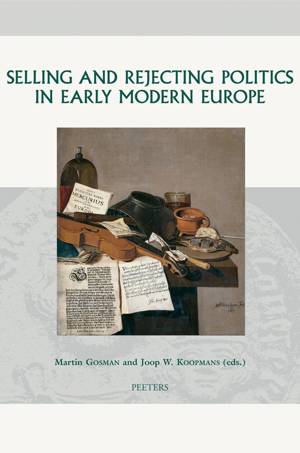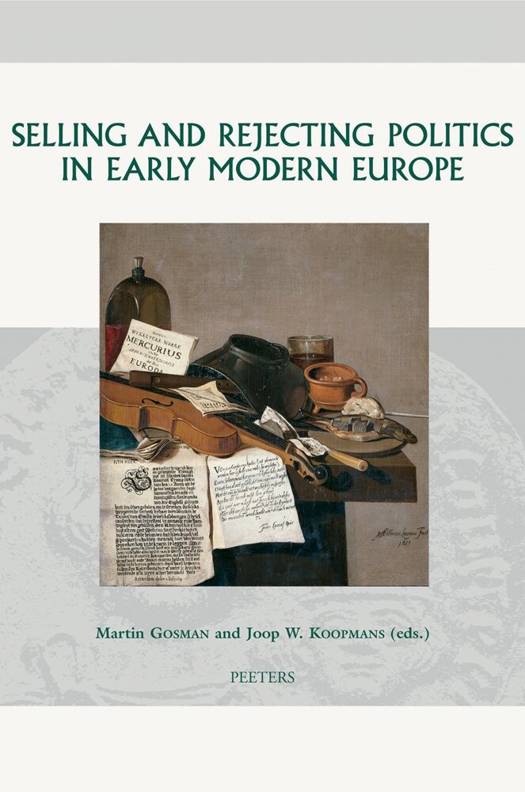
- Afhalen na 1 uur in een winkel met voorraad
- Gratis thuislevering in België vanaf € 30
- Ruim aanbod met 7 miljoen producten
- Afhalen na 1 uur in een winkel met voorraad
- Gratis thuislevering in België vanaf € 30
- Ruim aanbod met 7 miljoen producten
Zoeken
Omschrijving
Power in the early modern age, as in the present age, is an important subject for debate. What is power? Who has it or should have it? What are the underlying reasons for this? And especially, how is this power exercised, legitimised, and accepted? The issue of power in Europe in the early modern age is all the more significant because the demarcation line between the worldly and the religious component of power is not always clearly drawn. The fact is that power can only exist in a structured context where there is a measure of approval and consensus on the way that power is constituted and exercised. It is actually about the relationship between those who have or crave power and those who find themselves in subordinate positions. Many means of persuasion are deployed in propaganda mechanisms to underscore the rightness or superiority of this relationship. The reverse side of this phenomenon is equally important: the extent to which criticism is being voiced and other opinions are being proclaimed is at least as relevant to an evaluation of the relationship between both groups, i.e. rulers and subordinates. In societies where pomp and circumstance bear the brunt of the persuasive process - since not everyone can read or write - visual elements are crucial: painting, sculpture, architecture, urban planning, court parties and ceremonies play a major role, as do all the products issued by the printing presses: tracts and pamphlets, illustrated or unillustrated. The essays in this volume deal not so much with theories of power but rather with the ways that rulers attempt to motivate the legitimation of their power and convey their own superiority, be it genuine or spurious. They focus on the persuasive production emanating from governments as well as on the reactions of other parties, which show both confirmative and contesting tendencies.
Specificaties
Betrokkenen
- Auteur(s):
- Uitgeverij:
Inhoud
- Aantal bladzijden:
- 197
- Taal:
- Engels
- Reeks:
- Reeksnummer:
- nr. 25
Eigenschappen
- Productcode (EAN):
- 9789042918764
- Verschijningsdatum:
- 6/04/2007
- Uitvoering:
- Hardcover
- Formaat:
- Genaaid
- Afmetingen:
- 165 mm x 244 mm
- Gewicht:
- 612 g

Alleen bij Standaard Boekhandel
+ 90 punten op je klantenkaart van Standaard Boekhandel
Beoordelingen
We publiceren alleen reviews die voldoen aan de voorwaarden voor reviews. Bekijk onze voorwaarden voor reviews.











